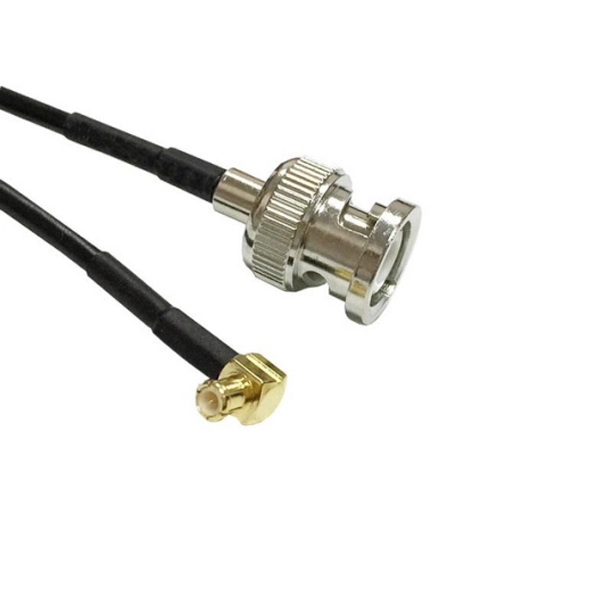In today's increasingly connected world, the demand for faster and more reliable mobile networks has never been greater. As technology continues to advance and evolve, so does the need for more efficient communication systems. One groundbreaking development in this field is the deployment of mobile 5G antenna, which promises to revolutionize the way we connect and communicate.
However, like any technological innovation, the deployment of mobile 5G antenna comes with its fair share of regulatory issues and considerations. As governments and regulatory bodies work to ensure the smooth integration of this technology into our daily lives, it is essential to understand the challenges and concerns that arise in the process.
Spectrum allocation and licensing
One of the primary regulatory issues when it comes to mobile 5G antenna deployment is the allocation of spectrum and licensing. The fifth-generation (5G) technology operates on higher frequency bands, which require a significant amount of available spectrum. Governments and regulatory bodies must determine how to distribute and allocate these frequencies fairly to ensure efficient and non-interfering communication networks.
The process of spectrum allocation involves careful planning and coordination between telecommunication companies, infrastructure providers, and government agencies. This ensures that the necessary radio frequencies are available to support the deployment of mobile 5G antenna, while also minimizing potential interference with other services.
Infrastructure requirements
The deployment of mobile 5G antenna also raises infrastructure-related challenges. The high-frequency bands used by 5G networks have shorter wavelengths and reduced coverage compared to previous generations of mobile networks. Consequently, a more extensive network of antenna installations is required to ensure adequate coverage and signal strength.
Regulatory bodies need to collaborate with telecommunication companies to develop guidelines and standards for the deployment of mobile 5G antenna infrastructure. These guidelines should address considerations such as antenna placement, height restrictions, and aesthetic concerns, ensuring that the deployment is efficient and does not negatively impact the visual landscape.
Health and safety concerns
Another significant consideration in mobile 5G antenna deployment is addressing potential health and safety concerns. The higher frequency bands used by 5G networks have led to heightened public scrut\
=[;ll.,oiuyttrewXC 1ny regarding the potential health effects of prolonged exposure to electromagnetic fields (EMF).
Governments and regulatory bodies must rely on expert scientific research to make informed decisions regarding EMF exposure limits. Communication and transparency with the public are vital to address any perceived risks associated with mobile 5G antenna deployment. By providing accurate information and addressing concerns, regulatory bodies can help alleviate any existing fears and gain public trust in the technology.
International cooperation and standards
Given the global nature of telecommunication networks, international cooperation and standards play a crucial role in the successful deployment of mobile 5G antenna. Harmonization of regulations and standards across countries ensures seamless connectivity and avoids incompatibility issues when devices cross borders.
Regulatory bodies need to actively participate in international forums and collaborations, such as the International Telecommunication Union (ITU), to develop common frameworks and standards for mobile 5G antenna deployment. This collaboration helps to establish consistent guidelines for spectrum allocation, infrastructure requirements, and health and safety measures, promoting global interoperability and seamless communication.
In conclusion, the deployment of mobile 5G antenna holds significant potential to transform the way we connect and communicate. However, it is crucial to navigate the regulatory issues and considerations associated with this technology. By addressing spectrum allocation, infrastructure requirements, health and safety concerns, and international cooperation, regulatory bodies can facilitate the seamless integration of mobile 5G antenna into our daily lives, ensuring a connected future for all.

 English
English





